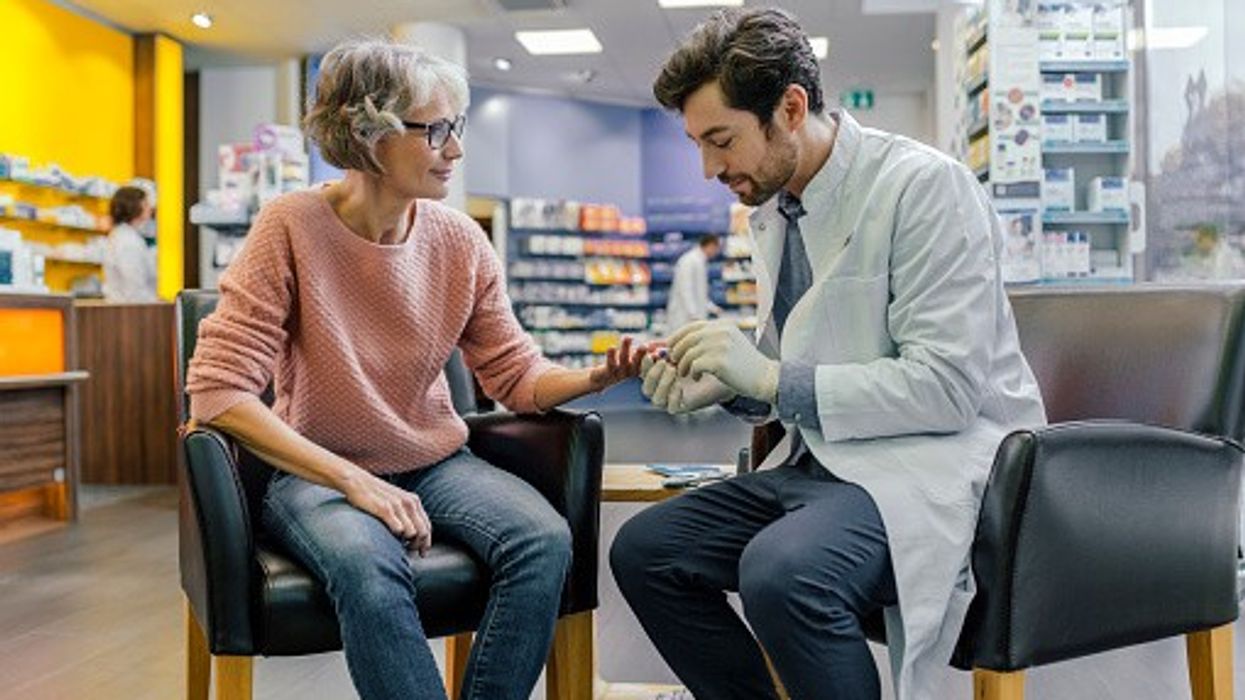Community pharmacies can play a vital role in delivering a ‘neighbourhood health service’, provided they receive the necessary investment and support, according to Malcolm Harrison, chief executive of the Company Chemists’ Association (CCA).
Harrison's comments come in response to a new report from think tank Reform, titled Designing a Neighbourhood Health Service, which outlines key principles for achieving the government's vision of a more community-focused healthcare system.
The report highlighted the significant contribution that community pharmacies can make in shifting care away from hospitals and into local communities.
“To be effective, Neighbourhood Health must be grounded in close partnership between health providers in a local area, but also between community leaders and the full breadth of organisations that operate at this scale, and which have a strong understanding of their communities: including local authorities, pharmacies, faith groups, local businesses and the VCFSE sector,” the report said.
The report emphasised the accessibility and reach of community pharmacies, particularly in areas of high deprivation.
It noted that over 93 per cent of patients living in areas of highest deprivation live within a mile of a pharmacy, compared to 71 per cent in areas of lowest deprivation.
Furthermore, the report emphasised that high street healthcare providers, such as community pharmacies, are more likely to employ practitioners who “reflect the demographics of the communities they serve” and see patients “more than anyone else in the primary care system (e.g. through their retail offer and unplanned drop-ins).”
“The median number of visits to a pharmacy is much higher, on average, than the median number of visits to general practice each year,” it stated.
Harnessing community pharmacy
Harrison welcomed the report as a timely recognition of “the huge potential to harness community pharmacy to deliver effective neighbourhood health.”
“With more pharmacies in more deprived communities, a workforce typically drawn from nearby neighbourhoods and highly trusted by patients, the community pharmacy network is ideally placed to improve health outcomes,” he said.
The government has set plans to move care closer to the community and shift from treating sickness to preventing ill health.
Harrison urged the Department of Health and NHS England to adopt the report’s proposed “actionable steps” to realise these shifts and provide pharmacies with the investment and backing they need to fulfil their role in a Neighbourhood Health Service.
Challenges
The report also acknowledged key challenges in delivering a truly integrated neighbourhood health system.
One major issue is data sharing between different healthcare providers.
The report noted that in many parts of the health system, there are “long-standing challenges around data controllership and how data is shared between organisations – particularly general practice and other providers of primary care like community pharmacy, optometry, audiology and dentistry.”
“Whilst GPs currently have controllership of data, it is imperative that other partners within primary care can also use data to support and configure services around population groups,” the report noted.
For example, the report cited a project where loyalty card data was used to predict women at risk of ovarian cancer. Early results suggested that analysis of shopping habits at pharmacies and supermarkets could indicate early warning signs often missed by GPs.
“This example demonstrates that the places which individuals have frequent contact with, such as the local supermarket and pharmacy, may have the data and knowledge of their users which can be applied to improve health outcomes,” it added.
The report argued that current neighbourhood-level health strategies are dominated by Primary Care Networks, which tend to take a “top-down and GP-led approach”, to the detriment of other primary care practitioners, such as dentists, pharmacists, audiologists and optometrists, as well as other organisations which contribute to population health at this level.













